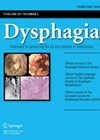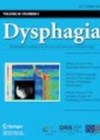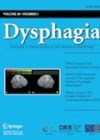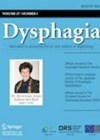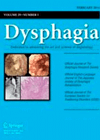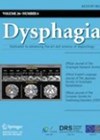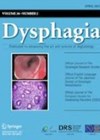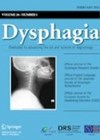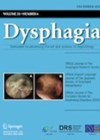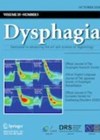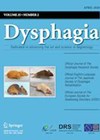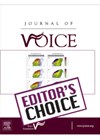
Journal Reviews
Analysing videofluroscopy: does it matter how it’s done?
Videofluoroscopy, as a tool that assesses the process of swallowing, has transformed our understanding of dysphagia. Clinicians can observe the biomechanics of a bolus moving from the oral cavity through the pharynx and oesophagus and into the stomach. Over the...
How common is self-reported dysphagia in the general population?
Healthcare policymakers and commissioners of services often review incidence and prevalence data when deciding on resource allocation. The authors of this paper have capitalised on a large dataset, the Canadian Longitudinal Study on Aging (CLSA), which collects data on over...
Does the appearance, texture, and flavour of food affect how we swallow?
Texture modification and the use of thickened fluids are well-known strategies used to facilitate swallowing in people with dysphagia. However, some controversy exists around thickeners and their possible negative impact on hydration and medication absorption. This paper considers other properties...
How do objective ratings of swallowing compare with patient-reported dysphagia QOL measures in the head and neck cancer population?
Swallowing may be assessed by a comprehensive battery of tools including instrumental/objective assessments, clinician-rated measures and patient-reported measures. The authors of this paper use secondary analysis to explore concordance between videofluoroscopy and a patient-reported dysphagia quality of life (QOL) measure....
Resolving dysphagia – can we distinguish mild dysphagia from no dysphagia?
Many patients with dysphagia following neurological events can and do experience a resolution of their swallowing difficulties, sometimes without any intervention. However, it is challenging for clinicians to distinguish mild dysphagia from no dysphagia. The question of where to draw...
Oesophageal atresia and trachea-oesophageal fistula: a perspective on dysphagia management from Turkey
Children born with oesophageal atresia with or without trachea-oesophageal fistula usually receive early surgical repair to create tension-free anastomosis that facilitates oral feeding. However, many children are at risk of problems related to subsequent dysphagia. This includes respiratory, nutritional, motility...
All videoswallows are not performed equally…
Videofluoroscopy is one of the main instrumental tools used to assess swallowing biomechanics and physiology. In the UK, it is mainly within the remit of speech and language therapists (SLT) to perform videoswallows but there is considerable variability in both...
Association between dysphagia and sarcopenia: implications for assessment of older people
The onset of swallowing difficulties with progressive age is reported to occur in 13-35% of the elderly population. Sarcopenia is characterised by a decrease in muscle mass, strength and function. Sarcopenic dysphagia is a relatively new term. Its prevalence is...
Cuff up or cuff down; to occlude or not to occlude? What effect does tracheostomy tube modification have on swallowing outcomes?
Dysphagia is commonly seen in patients with tracheostomy. The current global pandemic has increased interest in the impact of a tracheostomy on swallowing outcomes. This systematic review is therefore a timely addition to the literature and a useful read for...
Predicting swallowing outcomes post radiotherapy for head and neck cancer
A videofluroscopic swallow study (VFSS), also known as modified barium swallow (MBS) offers a dynamic view of swallow biomechanics and associated swallowing physiology. The authors of this paper investigated whether quantitative timing and displacement measures of key structures involved in...
Telepractice for the delivery of paediatric feeding services
During the current COVID-19 pandemic, telepractice is being heralded as the safest service delivery mode for the majority of outpatient consultations. Patients are reviewed by their healthcare specialist through video consultations, thus avoiding the need for patients to leave their...
Early injection laryngoplasty for iatrogenic vocal fold movement impairment – a safe and effective treatment
This Ed’s Choice examines the role of early injection laryngoplasty on swallowing dysfunction and is one of a few studies available in the literature. Research on early injection laryngoplasty has been predominately focused on voice and reducing the risk of...

